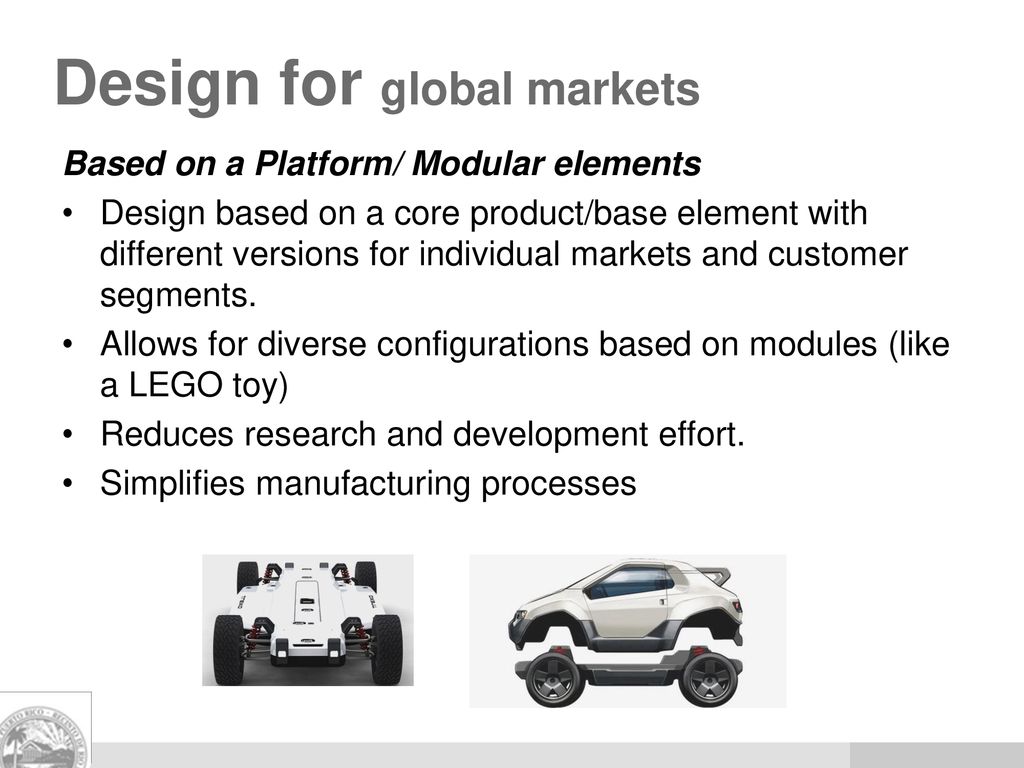In today's interconnected landscape, the scope of manufacturing have grown far beyond local markets. Companies are now utilizing global item creation and manufacturing as a strategic approach to improve capabilities and enhance their business edge. This change empowers businesses to utilize diverse talents, resources, and tools from multiple areas, resulting in cutting-edge products designed to satisfy the requirements of an ever more global client market.
The advantages of adopting a international production framework go beyond mere monetary decreases. By offshoring manufacturing and partnering with global partners, organizations can tap into specialized knowledge and innovative methods that may not exist in their home regions. This international approach merely speeds up item production but also fosters a climate of innovation, enabling companies to respond more rapidly to consumer changes and client preferences. As we explore the benefits of global goods fabrication, it is evident that this approach is not just beneficial but essential for succeeding in the modern economy.
Existing Developments in Global Manufacturing

The environment of international manufacturing is evolving quickly due to innovations in technology and shifting consumer needs. More companies are adopting innovative manufacturing techniques, integrating automation, and employing data analytics to enhance productivity and efficiency. These innovations enable manufacturers to optimize processes, reduce waste, and improve overall quality, resulting in considerable cost savings and speedier time-to-market for products.
Environmental responsibility has also emerged as a pivotal theme in international manufacturing. Companies are more and more focusing on sustainable practices, such as lowering carbon footprints, harnessing renewable energy sources, and implementing circular economy principles. This shift not only fulfills regulatory obligations but also attracts a expanding base of eco-aware consumers, fostering brand loyalty and competitive advantage in the field.
Furthermore, the ongoing internationalization of supply chains is reshaping how manufacturers operate. Businesses are more and more diversifying their supplier networks across different regions to mitigate risks and capitalize on localized advantages. This trend encourages strength against disturbances, such as those caused by geopolitical conflicts or pandemics, securing that companies can continue continuity in output and delivery while also exploring new market opportunities.
Sustainability in Production Techniques
Eco-friendly methods in international product manufacturing are vital for reducing the environmental impact of industrial operations. By utilizing eco-friendly materials and energy-saving methods, manufacturers can significantly reduce their CO2 emissions. This strategy not only assists in preserving environmental assets but also aligns with the increasing interest for sustainable products. Companies that focus on eco-friendliness often discover that it enhances their public image and draws in green-minded customers.
Implementing eco-friendly logistics strategies is critical in reaching wider environmental goals. International item development often involves sourcing resources from different regions, which can result in high transportation pollution. By centralizing production and choosing suppliers with sustainable practices, manufacturers can reduce logistics-related CO2 output. Additionally, embracing circular economy principles, where products are manufactured with their end-of-life in mind, allows for recycling and recycling materials, contributing to a reduction in garbage.
Furthermore, putting resources in sustainable manufacturing technologies can provide long-term financial benefits. manufacturers outside of china as robotics and artificial intelligence can improve resource management, lower energy consumption, and improve production efficiency. As utility prices rise and eco laws become stricter, producers that incorporate green methods are better positioned to thrive. These expenditures not only strengthen financial success but also contribute to a healthier environment, making sustainability a key aspect of the worldwide manufacturing strategy.
Tech Advancements and Their Influence
The development of technological advancements has changed international goods manufacturing, allowing companies to design and produce goods more efficiently than ever before. Innovations such as computer-assisted design and three-dimensional printing enable manufacturers to create prototypes quickly, considerably cutting down the period from notion to launch. This agility not only boosts innovation and trial but also enables faster adaptations to consumer feedback and industry changes, leading to products that meet global needs more efficiently.
Automation and robotic technology have also changed manufacturing processes, improving exactness and cutting labor costs. With the incorporation of intelligent factories and the IoT, manufacturers can observe production in real time, enhancing workflows and minimizing waste. This results in superior quality products and increased sustainability, as companies can optimize resources by identifying inefficiencies within their supply chains. The transition towards smart manufacturing systems also enables expansion for companies, allowing them to grow operations without correspondingly increasing costs.
Finally, innovations in communication technologies have facilitated closer collaboration among global teams, regardless of geographical boundaries. Digital design and project management tools enable cross-functional teams to collaborate smoothly, guaranteeing that input from various areas and contributors is integrated throughout the manufacturing process. This team-based approach not only leverages multiple skill sets but also nurtures innovation in product design, culminating in well-rounded solutions that attract a diverse consumers worldwide.
